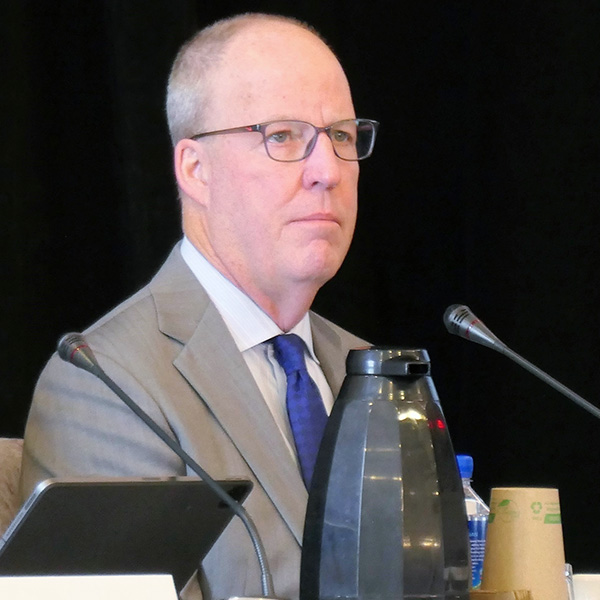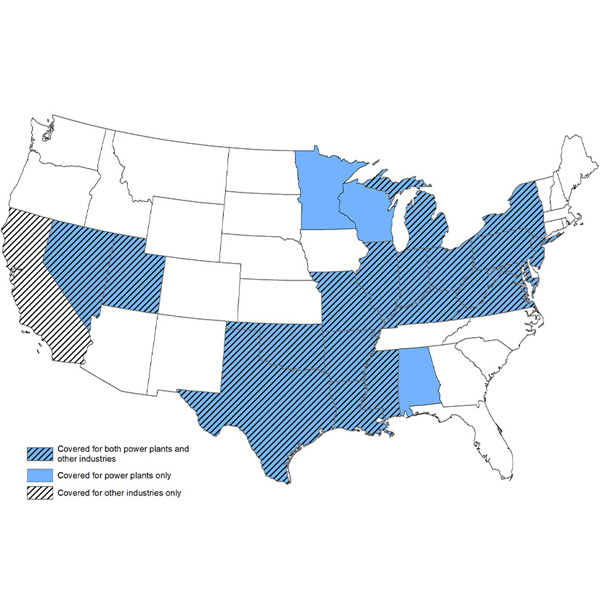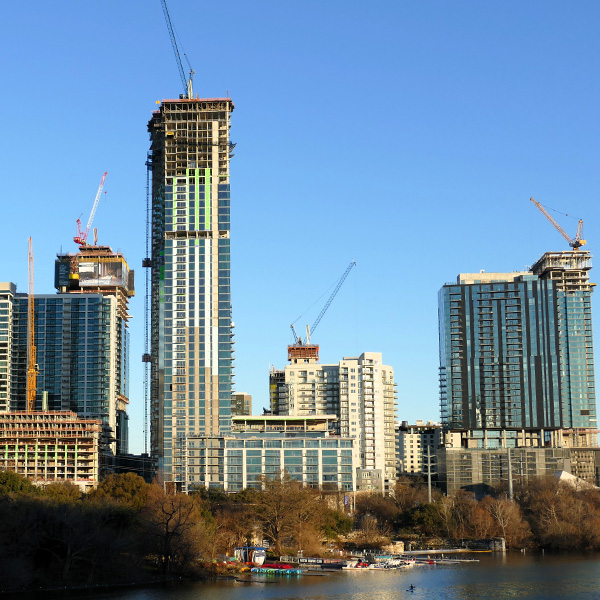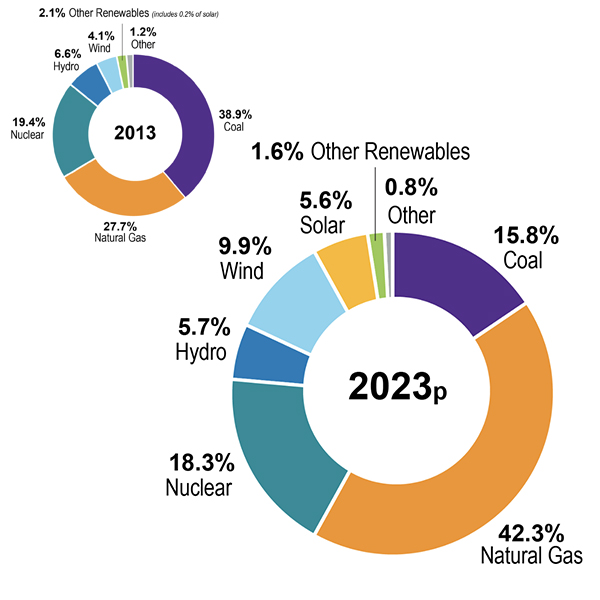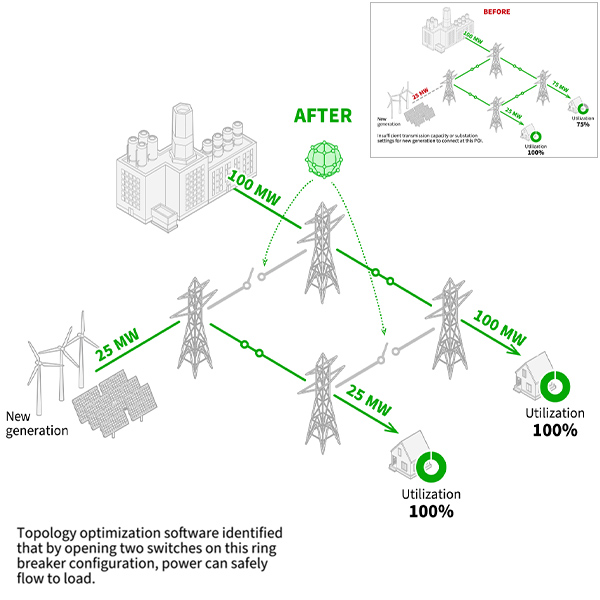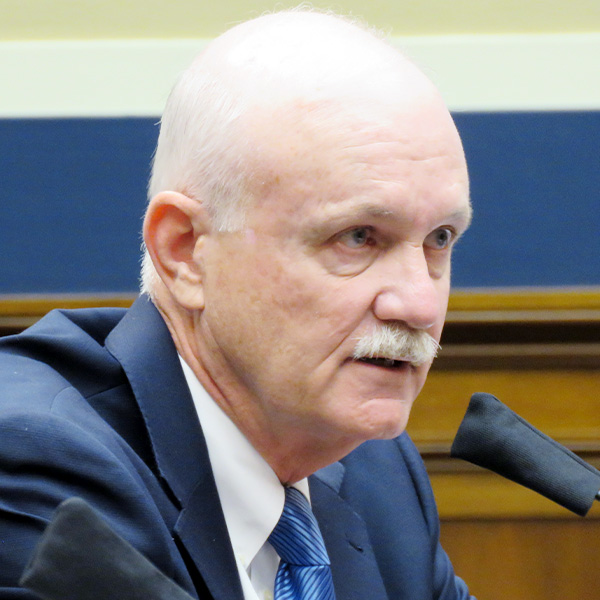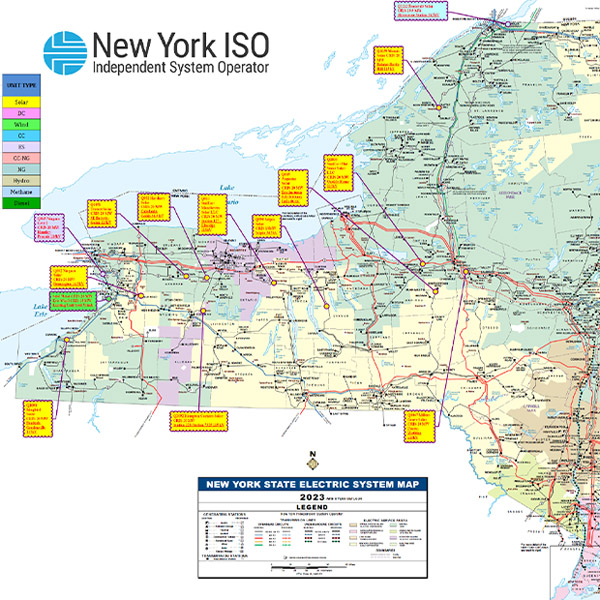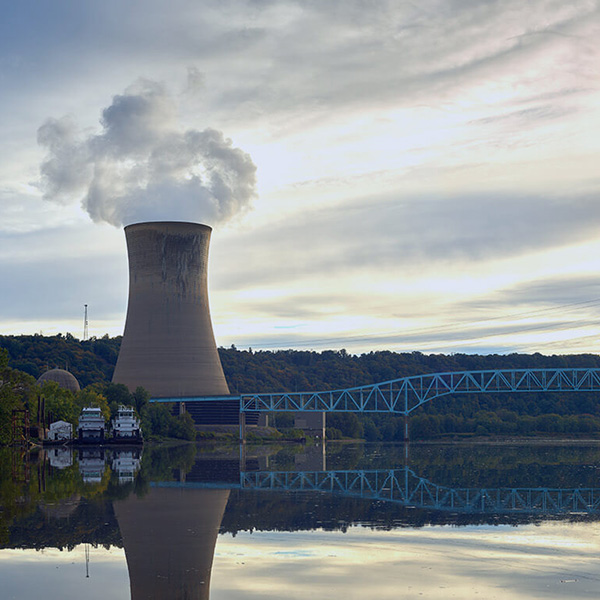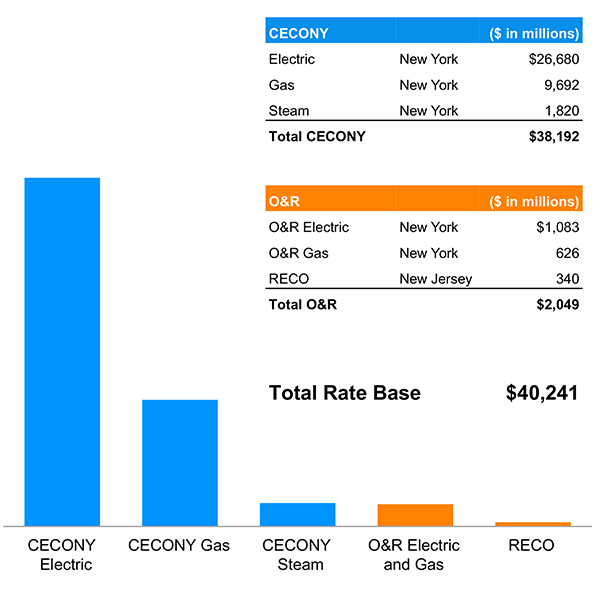Public Policy
Environmental RegulationsReliabilityState & RegionalAlabamaAlaskaArizonaArkansasCaliforniaColoradoConnecticutDelawareDistrict of ColumbiaFloridaGeorgiaHawaiiIdahoIllinoisIndianaIowaKansasKentuckyLouisianaMaineManitobaMarylandMassachusettsMichiganMinnesotaMississippiMissouriMontanaNebraskaNevadaNew HampshireNew JerseyNew MexicoNew YorkNorth CarolinaNorth DakotaOhioOklahomaOregonPennsylvaniaRhode IslandRTO-IndianaSouth CarolinaSouth DakotaTennesseeTexasUtahVermontVirginiaWashingtonWest VirginiaWisconsinWyoming
MISO released a new edition of its Reliability Imperative report, with the latest version containing an urgent call to action for all MISO players.
The U.S. Supreme Court’s conservative majority appeared inclined to pause the Biden administration’s Good Neighbor Plan, an EPA rule to limit ozone-forming nitrogen oxide emissions from power plants and industrial facilities in certain states.
Infocast's annual ERCOT Market Summit fell during the third anniversary of the devastating February 2021 winter storm, giving speakers plenty of fodder for discussion.
The Edison Electric Institute’s senior executives briefed Wall Street on the state of the utility industry and some of the policies it supports.
An RMI study about grid-enhancing technologies on the PJM grid found they could save consumers hundreds of millions of dollars a year and speed renewable development.
FERC approved four rate incentives to Mid-Atlantic Offshore Development to serve offshore wind in New Jersey under the State Agreement Approach with PJM.
PPL plans to invest $14.3 billion in capital spending from 2024 to 2027, which would strengthen reliability and resiliency while enabling more clean energy and keeping a lid on costs for customers.
NYISO’s Operating Committee voted to approve the results from the Expedited Deliverability Study (EDS) 2023-01 report that included 16 projects, two of which were found to be undeliverable.
FERC approved Vistra's purchase of Energy Harbor, which will allow Vistra to set up a new clean generation/retail firm while spinning off the combined firms' fossil plants into a separate subsidiary.
Consolidated Edison will invest nearly $20 billion over the next four years in transmission infrastructure as part of its Reliable Clean City initiative and to mitigate climate vulnerabilities.
Want more? Advanced Search
